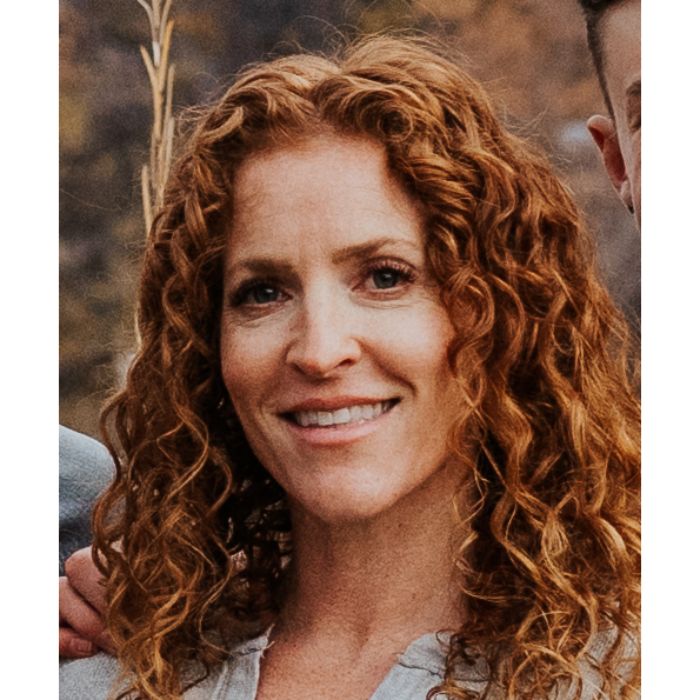A mattress topper can be a practical solution to a mattress that’s too soft or too firm. This layer of material can change the overall feel of a mattress, add features like pressure relief or motion isolation, and even extend the life of your mattress. But even the best topper won’t last forever.
When you’re ready to get rid of your old topper, it can feel like a big job. You have a few options, but some are far more environmentally friendly than others. Instead of trying to wrestle a 6′ slab of foam into the garbage can, here’s what else you might consider.
What’s the best way to get rid of a mattress topper?
In most cases, the best way to dispose of a mattress topper is to recycle or upcycle it. Memory foam toppers in particular should not be sent to a landfill, because they can release harmful substances as they degrade. Other topper materials, including cotton, down, and wool, can be composted or turned into DIY crafts (like dog beds, pillows, and cushions).
Can You Throw a Mattress Topper in the Trash?
Technically, you can throw most mattress toppers in the trash. But that’s not the case if your topper is made with memory foam. This type of topper can be environmentally damaging if it goes to the landfill because it can release harmful substances as it degrades. Memory foam toppers should be taken to a local recycling center instead, which is better equipped to recycle them.
While it’s still best to recycle or repurpose toppers made with other materials, including down, down alternative, and wool, they aren’t known to leech out chemicals if they go in the trash.
5 Ways to Dispose of an Old Mattress Topper
Different materials will dictate the best ways of disposing of your mattress topper. Whether it’s made with memory foam, down, or wool, here are your options.
Recycle It
Depending on where you live, there may be a local recycling center that will break down and reuse components in your mattress topper. Be prepared to pay a fee for this kind of service, which often includes curbside pick-up. No recycling centers in your area? Look for a local junk removal service instead. These organizations are motivated to recycle toppers and mattresses to minimize fees associated with dumping at landfills.
Return It
If you’re having a hard time finding a local recycling center, try contacting the company that sold you the topper. Some companies offer return and recycling programs to help minimize waste.
Reuse It
Reusing a mattress topper, and particularly the filling, is a great way to reduce waste in our landfills and create something useful. If your topper is made with a fill material like cotton, wool, or down, you might consider upcycling it into a ped bed, pillow, or seat cushions. These materials also work well as shipping packing for delicate items, so you might consider stashing a few bags in the garage for the next time you have something to ship.
Compost It
While you can’t compost a memory foam topper, you can certainly do so with a wool, down, or cotton topper. Wool is an incredibly versatile material with impressive insulating properties. Wool absorbs and stores water, so it can be used around the base of garden plants to improve watering efficiency.
The same is true of cotton. Not only is cotton one of the most recyclable fabrics on the planet, it can be safely composted. If composting isn’t an option for you, look for professional services that recycle old cotton as well. Your old topper could become a brand new one!
Donate It
If your mattress topper is in good shape, you may be able to give it to a friend or family member or post it online as a free item. Some charitable organizations may also be interested in donated toppers. But before you load up the car and drive to your local Goodwill or Salvation Army, make a phone call first. Some places won’t accept these items. Your best bet is to spend some time looking online for options in your area, then contact them directly to ensure they’ll accept used mattress topper donations.
FAQs About Disposing of an Old Mattress Topper
Can you recycle a memory foam mattress topper?
Yes. In fact, recycling your memory foam mattress topper is the best thing to do. Memory foam mattress toppers should not be thrown in the trash, because they can release harmful contaminants as they degrade. Instead, contact local recycling centers or the company from which you purchased the topper for recycling options.
Can I put a mattress topper in the trash?
While some mattress toppers, such as those made with cotton, wool, or down, can technically go in the trash, it’s not the most eco-friendly option. These materials can and should be upcycled, recycled, and in some cases composted.
What can I do with my old memory foam mattress topper?
An old memory foam mattress topper can be recycled, but you have upcycling options as well. The material can be shredded to serve as a filling for pet beds, pillows, and cushions. If you’re the crafty type, it also works well in bean bags or stuffed animals.
Bottom line
Responsibly disposing of your mattress memory largely depends on what it’s made from. Memory foam toppers must be recycled or upcycled to keep harmful substances from leaching into the environment. Toppers made with wool, cotton, or down can be recycled and repurposed as well, extending their lifespan and minimizing waste.


